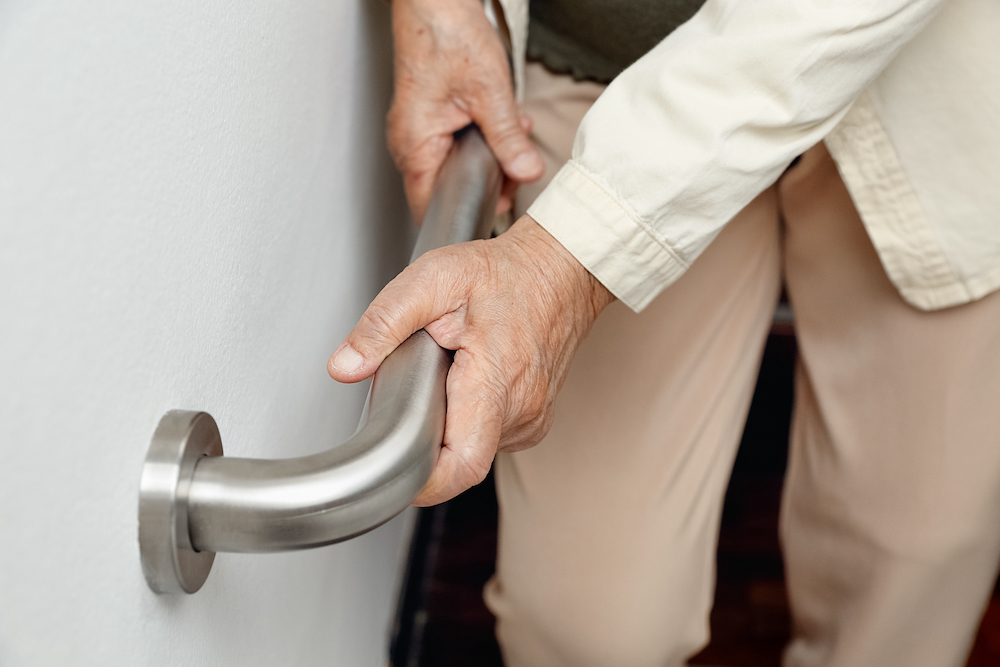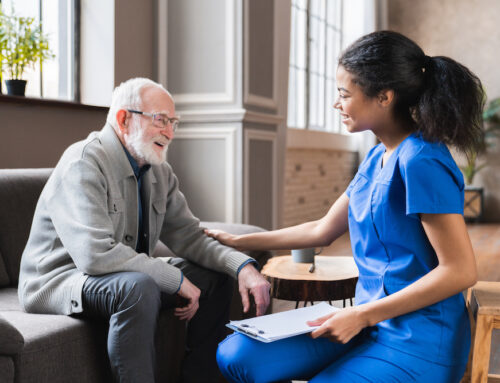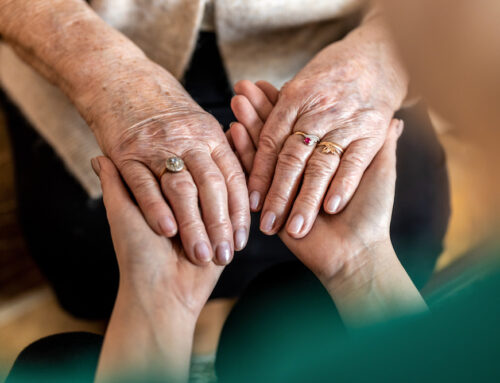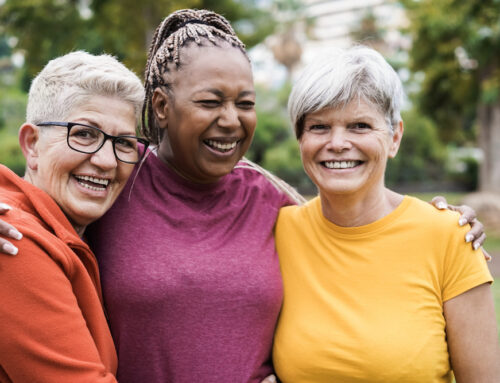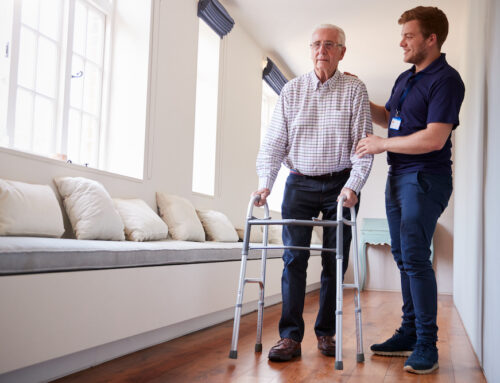As we age, falling becomes a huge concern. In fact, according to the Centers for Disease Control, falls are the number one cause of death for older adults. Not only that, but statistics show that one in four adults suffer from a fall each year. Medical conditions such as reduced mobility, impaired vision, and slow reaction times are all contributing factors to falls as well.
However, there is some good news: falls are entirely preventable, it just takes careful planning and a little work. So whether you reside in one of the amazing senior living facilities in Escondido, CA, or you live at home, making a few small adjustments can really go a long way. Keep reading to learn more!
1.) Have a Conversation With Your Doctor
The first step to prevention is to establish a plan and this includes engaging in a conversation with your physician. Your doctor should be prepared to assess your fall risk, taking certain health factors into consideration, such as impaired vision, dizziness, balance problems, and more. At your check up, you may be asked to perform a series of tests that gauge your ability to sit, stand, or even walk up and down stairs. This will help to determine your body’s strength and balance as well as your gait.
Another thing to keep in mind is that it is important to have this conversation as early as possible. If you are even at the very stages of mobility problems, waiting until the issues persist or become more prevalent could lead to a fall that further decreases your mobility and therefore, your independence. Map out a plan well in advance and then keep your doctor in the loop as any changes occur.
2.) Take the Time to Review Medications
One contributing factor to falls is actually certain medications. While these medications are needed to treat specific conditions, sometimes, they can come with unfortunate side-effects. This can include dizziness, drowsiness, blurred vision, and sedation. Typically, these sort of side-effects happen with psychoactive medications such as antidepressants or anticonvulsants, as they directly affect the brain.
Hypertension can be another negative side effect as well as an additional culprit behind falls. This is due in part because when someone has hypertension and they stand up too quickly, they tend to get woozy or dizzy and experience a disorienting head rush. If you are a senior with high blood pressure, it is important to monitor your medications and watch out for signs of hypertension.
If you think that your medications are putting you at an elevated risk for falling, speak with your doctor as soon as you can. There may be some changes that can happen to help alleviate your risk of falling. Even if your medication is necessary and cannot be changed, maybe a shift in diet or increasing water intake can help in certain situations.
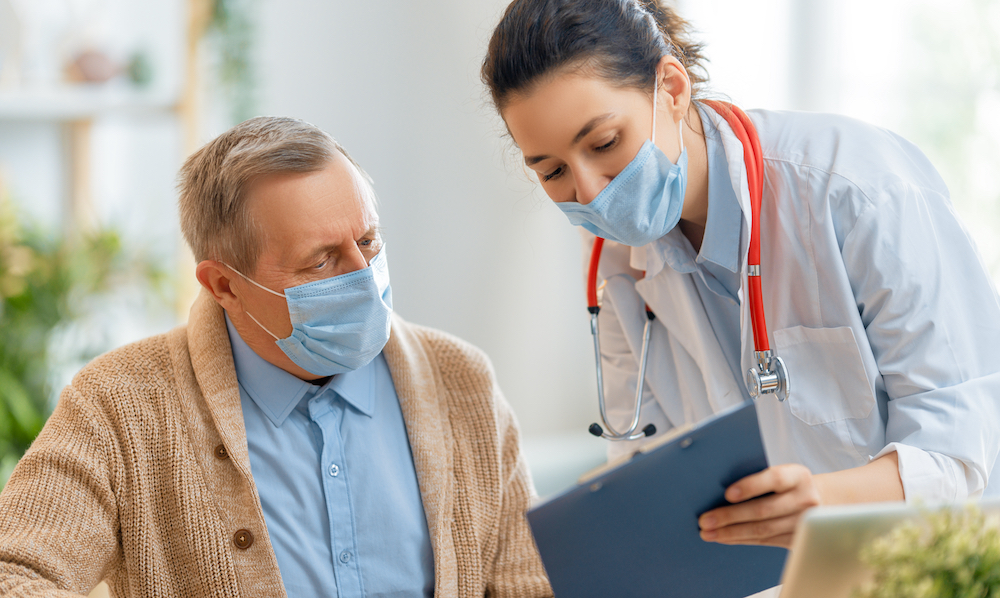
3.) Keep Physically Active
We all could use a little more exercise, it’s true. But for aging adults, staying active and physically fit can actually help decrease the chances of falling up to 40%, according to the National Center of Biotechnology Information. That is a big number!
Don’t worry, we’re not suggesting you head out and train for a marathon or a strongman competition. But doing little things, such as short walks, Tai Chi, and yoga can mean the difference between falling and keeping your balance. Focus on your core and lower body, as well as activities to increase balance. You can read more about the importance of balance and stretching on our blog!
For those who stay at our senior living facilities in Escondido, CA, we feature a robust activity schedule that is open and available to all residents. This includes chair Zumba, bowling, group walks, and so much more. These types of activities are great for building strength and balance.
4.) Make Small Adjustments at Home
For those who still live at home and not in a senior living community, there are some precautions you can take around the house. Living in the same home for many years sometimes lures seniors into a false sense of security, leading them to believe that because they know the layout like the back of their hand, a fall would be impossible. This is unfortunately not the case.
Start by eliminating any visible or stand-out trip hazards. Remove loose throw rugs, roll up or move any cords from lamps or televisions, and clear away any extra clutter, such as boxes that might be blocking pathways. While this might seem simple, sometimes it is the obvious things that we miss.
Next, add nightlights around your home. These don’t have to be lamps with cords. Many nightlights plug right into the socket and are automatic, coming on as soon as the room is too dark. Or you can always purchase battery operated lights that come on when set up with a timer. If you don’t have a smart assistant at home, such as an Amazon Alexa or a Google Home, this is another great choice, as it can be voice activated to turn lights around the home on and off.
Last but not least: grab bars. Putting up grab bars around your home, especially in areas such as your bathrooms, bedrooms, and kitchen, help you age in place and maintain your independence for longer. Have these professionally installed to ensure quality and safety and prevent accidents. If you have stairs in your home, double check that all handrails are up to code.
Conclusion
Falls are not a normal part of aging and are totally preventable. This just requires taking all the necessary precautions and creating a plan well in advance. Start by having these conversations with your doctor early on and undergoing a fall risk assessment.
From there, monitor your medications and keep your physician informed regarding any changes or concerns. Stay physically active whenever possible, including going on walks or doing simple strengthening exercises. All of that, plus keeping your home free of trip hazards will help to keep you safe.


